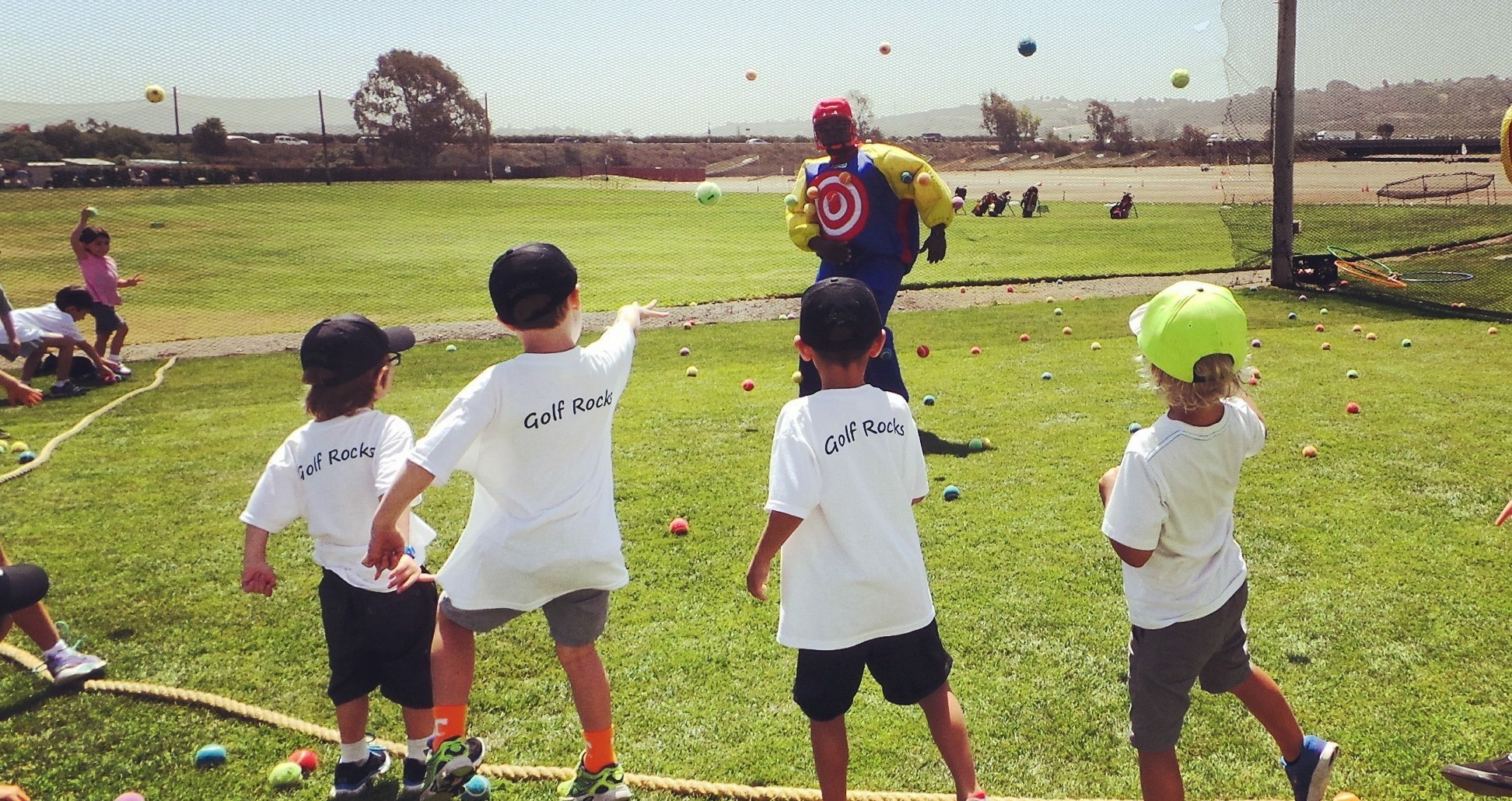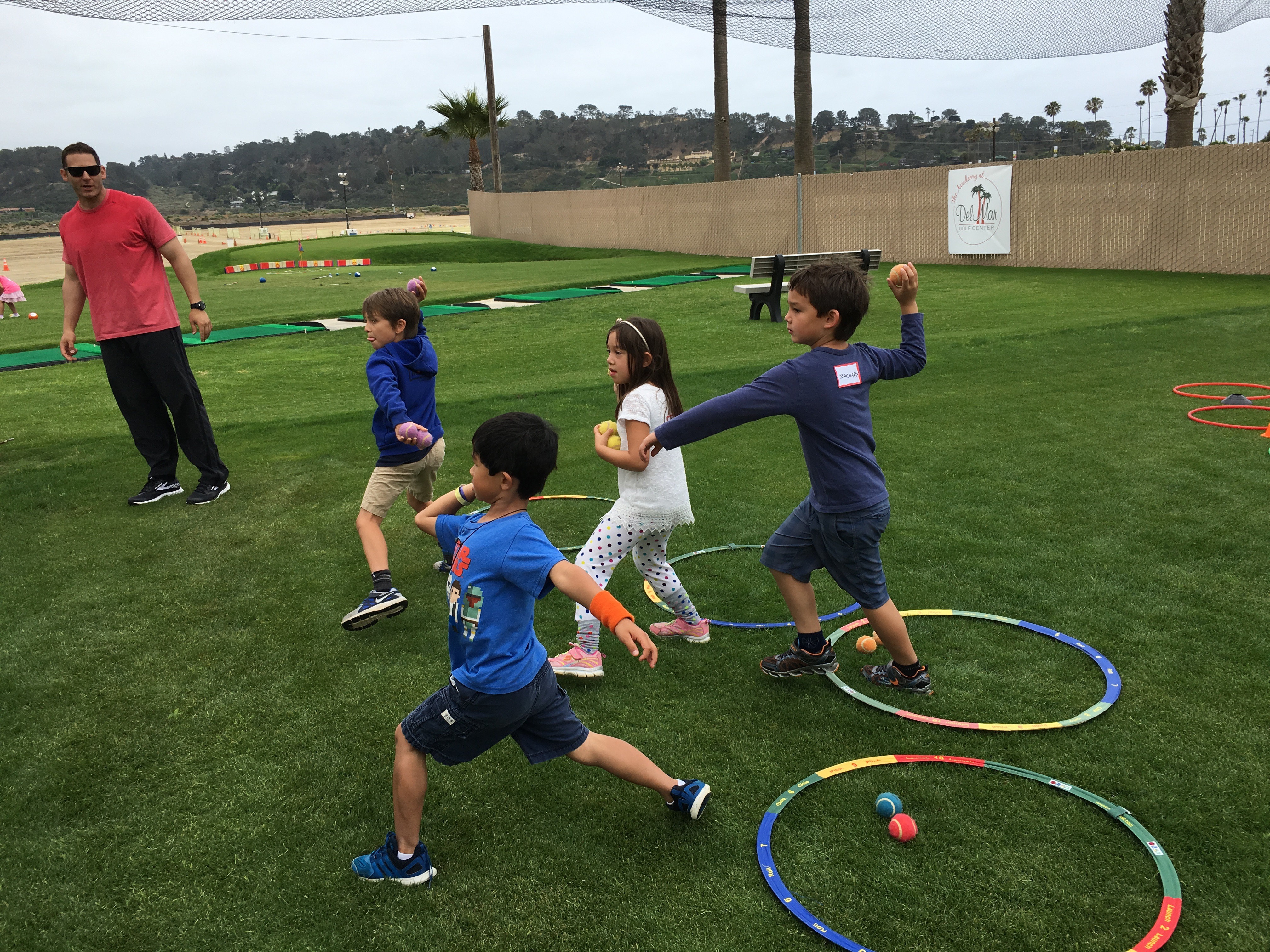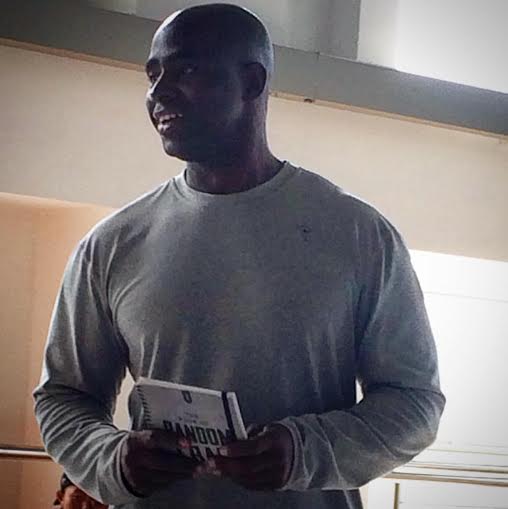IMPROVE MY GAME
Articles
10 Ways to Motivate our Young Athletes

There are a few things that transcend age boundaries when it comes to developing athletes from an early age. What is good for 4- and 5-year-old athletes do not always equate to what’s good for their 8- and 9-year-old brothers and sisters. They are vastly different groups, motivated by equally distinctive plans and thingamajigs.
Twelve year-olds, though chronologically close in age, are, biologically wired differently than their 13-year-old best friends. In the process of coaching, which is putting an athlete in the position where he or she can have the most success, we need to treat the two independently. But, in the practice of running a successful youth program, there are ideals that need to permeate the thought process of every staff member who comes in contact with the young athletes.
I have been fortunate to work with a lot of young athletes in the past 25 years. What follows are the archetypes of movement enticement. They are methods, or modalities, that work with all athletes, no matter the age.
We go into the biology of this extensively in the online TPI Junior Level 2 and live Level 3 seminars. At Dynamic Golf, we teach the practicality of this. Here, I’m just pouring out a few of my thoughts.
There has been a lot more than this that I've learned, but these are the 10 biggest things - at least they are as of this typing! I might train an athlete today who changes an aspect of my perspective. In other words, I have the right to add to and take away from this list at any point. In other other words, if you talk to me five months from now, and this list has changed, I’m going to tell you, “ahhhhhhhhh…you gonna catch up with the rest of us!?! C’mon! That’s old news!”
That said, here is the list. It is not in any particular order either, because I think they are all important.
- MAKE IT FUN
- ADULT VOICE ADULT WORDS
- PRAISE SPECIFIC EFFORTS
- MONKEY SEE MONKEY DO
- TELL THEM WHAT TO DO
- NURTURE VICTORY
- NURTURE FAILURE
- ENCOURAGE COMPETITION
- LET YOUR INNER CHILD SHOW
- CONTROL THE OUTCOME
Now that you have the list, starting today and going every week for the next 10 weeks, I’m going to go into a bit more detail with each sentiment. If your list is different, cool! Share it! If you think I am crazy, call me out, and let us both learn something.
Remember, this is in no particular order. I believe they are all important and are all related and dependent on each other.
--------------------
Make it fun – We all want to have fun. We want to enjoy everything we do. Young athletes are no different; they want to laugh, too! In fact, it is in our biology. We are wired for fun.
For some silly, inane reason, too many of us believe that learning can take place only in monotonous and analgesic environments conducive to most funerals. If children seem to be enjoying themselves and are thoroughly engrossed in the activities, the undertakings have to be needless or gratuitous.
No smiling!
Stop laughing!
Stay still!
Don’t do that!
Stop this!
Quit playing!
NO MORE FUN!
Understand something, it is not until we are in our mid-to-late 20s that our brain’s prefrontal cortex fully matures. The brain’s prefrontal cortex houses the center of our primary reasoning and comprehension skills. It is not until then that we are able to fully understand the ramifications of present actions. Adolescents and teens think and manage situations with their amygdalae, which serves a few roles: the processing of memory, decision making and processing emotional reactions.
Young athletes are neurologically driven by emotion – female athletes more than males because the amygdalae form and mature in girls much faster than in boys.
Our young athletes are NOT supposed to know how or why something they do today is going to help them in 10 years. They just want, and need, to have a good time doing whatever it is. They want to laugh. They want to run. They want to jump, and they want to play.
But, this is a lot bigger than, “Oh, just play with them, and make sure they have fun.”
Designing programs for their wants and needs is why we get paid the big bucks! Our job, as the coach, is multilayered. We are going to have to take the time to think about each drill we prescribe. The more time we think about the exercises and understand their relationship to each other and the athletes’ neurological and neuromuscular success, the easier it will be to teach the athletes and implement the program. Look coaches, we have to make the mess I just said, fun and engaging. Yay, for us!
We, as coaches, should always know what we want the outcome to be. If some of us do not, please give me a shout, we have a few other things to talk about, too! We should know what the steps are the athlete must go through to achieve the outcome. Now what do we do to make it fun and achievably challenging for the athletes?
An example: The outcome is to realize a hip-lead throwing action. From an athletic standpoint we know there will be balance, weight shift back with simultaneous knee and hip flexion, lower body rotation, followed by upper body rotation and simultaneous weight shift forward, lower body stability and balance, a release of the ball and balance again.
Actually verbalizing those cues to athletes sounds convoluted and boring. There are a select few athletes who would thrive in that type of teaching environment – and, if my experience tells me anything, none would like that. Athletes, the younger they are, want to move. They like to hit things. They like to throw at things, too.

So, we put up a target. Simple instructions: for the youngest athletes, our 3-, 4- and 5-year-olds, we put a hula hoop on the ground, and make sure they know the difference between being “inside” the hoop and “outside” of it. Once that is set, we tell them they have to start inside the hoop, then throw the ball with both feet finishing outside the hoop.
“START INSIDE. FINISH OUTSIDE”
See, simple instructions.
We do not care how they throw (we will take care of that later). We just want them to get the understanding that there will be movement, a weight shift, from where they are. We do not even care where the ball goes. They do. But, we do not. We just want the movement. Whether they hit the target or not, we will show the throw admiration, and coach the movement efforts.
For slightly older athletes, the instructions are: Load up. Open up. Throw. Follow through. Again, simple instructions. The target remains (fun to throw at something), as does the hula hoop (achievable challenge).
From there, for teenage or advanced athletes, we use the same four cues and we add one, telling the athletes to point the lead foot to the part of the target they want to hit. That is easier than saying, “we want a bigger external rotation in the lead hip after the weight shift begins and before the foot plants on the ground and the ball leaves the hand.”
Boooring.
So, while the athletes have fun trying to hit the bullseye or other part of the target, we are looking at the body to make sure we are building the foundation for the outcome we want.
The hip-lead action.
For more information on how we develop programs for young golfers, check out TPI's online Junior Level 2 course which I helped contribute to.

Milo Bryant is the founder and head coach of C.L.A.Y. and is a TPI Advisory Board member. C.L.A.Y.'s mission is to educate trainers and coaches in the best methods of coaching young athletes. Coach Milo lectures and presents nationally and internationally about youth fitness training. /